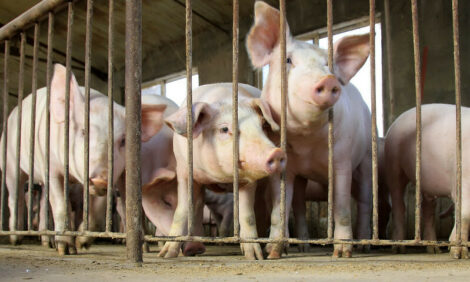



Batch farrowing makes a comeback on small- to medium-sized sow farms
The practice of farrowing sows in groups and not continuously is making a reappearance as small- to medium-sized sow farms seek ways to stay competitive, reports Paul Yeske, DVM, veterinarian with Swine Vet Center.Yeske has seen many farms under 2,500 sows, and a few larger ones, switch to batch farrowing so they can wean enough pigs in a group to fill a large grow-finish facility. It really depends on what downstream flow looks like.
“It allows these farms to act like bigger farms and be able to run a site all-in, all-out and be reasonably sized,” he added.
Back to batch farrowing
Batch farrowing historically was popular when Yeske started his career.
“The trouble with batches is they fell apart because we didn’t have good control of the reproductive cycle of the gilts,” he said. “It took a lot of gilts and a lot of inventory to make sure you kept your batches full. When batches didn’t stay full…the breeding windows opened, and all of a sudden, you’re continuous farrowing.
“Now we have some tools that allow us to synchronize the gilts, and we can get them into the breeding window and…keep the groups very tight,” Yeske said.
Health benefits
The ability to break disease cycles with batch farrowing versus continuous flow offers attractive health benefits.
“You get the opportunity to have the farrowing house completely empty, and for some pathogens, it gives us the breaks we need,” Yeske said.
“Some of these disease cycles break down faster, and it helps to improve the health status, particularly in the wean-to-finish pigs,” he added. “Granted, the wean-to-finish is the motivation, but having these pathogens under control also benefits the sow herd.”
Improved wean-to-finish performance of batch-farrowed pigs makes them attractive to conventional-sized finishing sites. It makes the potential to not have to commingle flow or have multiple age groups on the same site.
The drawbacks
The downside to batch farrowing is a lot of the work falls within a 10-day timeframe, while continuous flow spreads the farrowing work over four weeks.
“For the people on the farrowing side, batch farrowing isn’t necessarily friendly,” Yeske said. “It makes it more of a challenge to manage the surges of work. One advantage, though, is that you do get the opportunity to specialize skills in these times and only concentrate on one activity at a time. This allows for better focus than having to balance multiple tasks at once.
“But from the wean-to-finishing side, you do get a single-source, good number of pigs. And as you go into [this], you need to think about it based upon the wean-to-finish performance,” he added.







